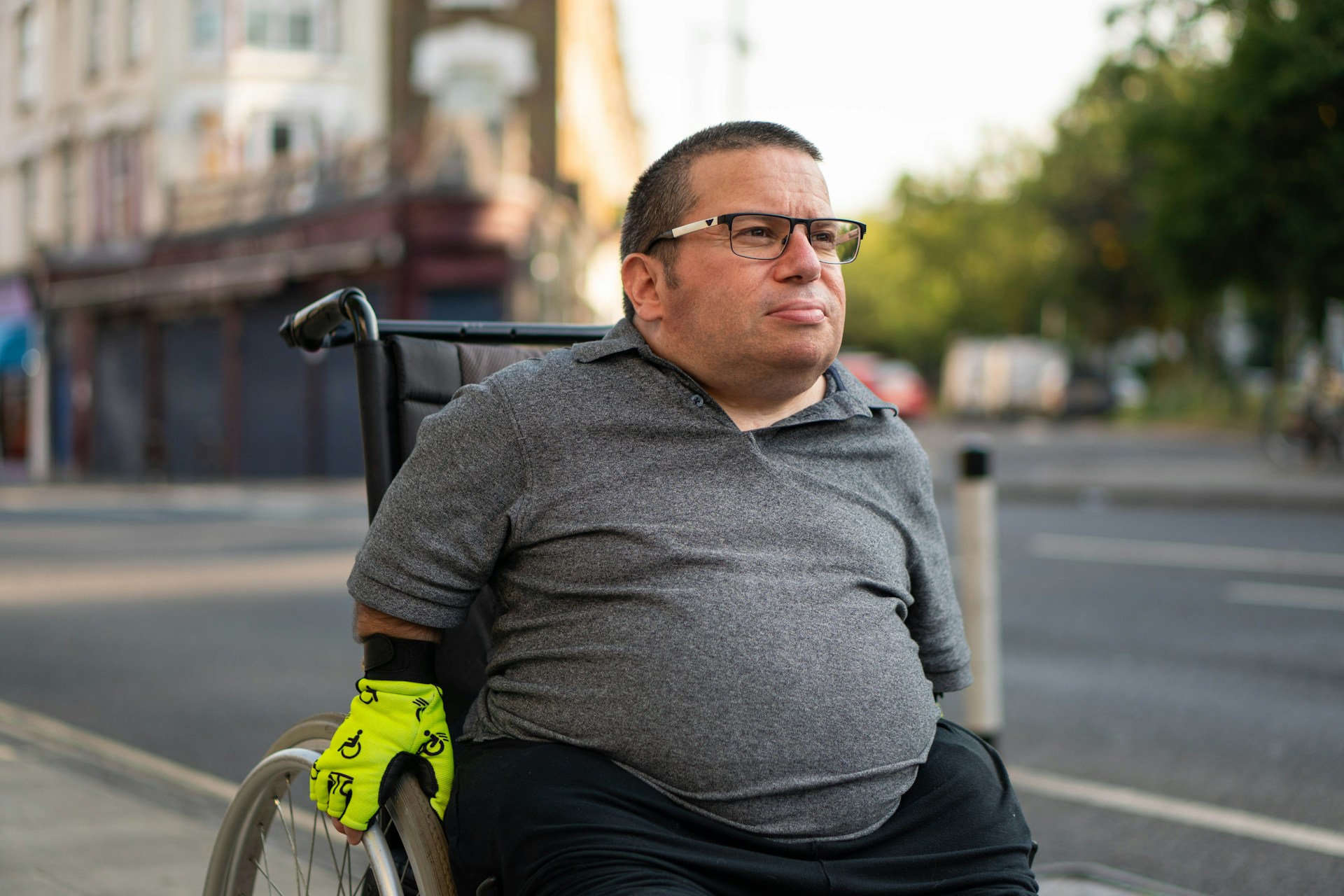How to Train a Golden Retriever to Assist with Mobility for People with Disabilities?

When it comes to companionship, dogs hold a special place in the hearts of people around the globe. With their unwavering loyalty and an intuitive knack for understanding human emotions, they’ve earned their title as ‘man’s best friend’. But when properly trained, dogs can offer more than just companionship—they can provide invaluable support and assistance services to people with disabilities, particularly those grappling with mobility issues. The breed that often takes the lead in this line of duty is the Golden Retriever. With the right training, a Golden Retriever can transform the life of a person with disabilities, helping them navigate their world with increased confidence and independence.
Understanding the Role of Service Dogs
Service dogs are not mere pets. They are trained to perform tasks that help their handlers navigate their day-to-day life. The versatility of these dogs is truly astonishing—they can help people with a wide range of physical and mental disabilities, including visual impairments, hearing impairments, psychiatric disorders, seizure disorders, and mobility issues.
A voir aussi : What Are the Best Types of Mental Enrichment Activities for a Bored Chihuahua?
When it comes to mobility assistance, service dogs are trained to perform tasks such as retrieving objects, opening doors, pulling wheelchairs, hitting light switches, and even helping their handlers balance while walking. This service can be transformative for people with mobility issues, making daily tasks significantly easier and improving their overall quality of life.
Selecting and Preparing a Golden Retriever for Service Work
If you’re considering training a Golden Retriever for service work, there are a few key factors to consider. The dog must be of a suitable age—usually between 6 months and 3 years old—and display a calm and attentive demeanor. Golden Retrievers are renowned for their intelligence, friendliness, and eagerness to please, traits that make them excellent candidates for service work.
A lire en complément : What Are the Safe and Non-Toxic Houseplant Options for a Home with Curious Cats?
Before training begins, it’s crucial to ensure that the dog is in good health. Regular veterinary check-ups will help identify any potential health issues that could affect their service work. Remember that a service dog’s work is physically demanding, so it’s vital that the dog is in good physical condition.
The Training Process
Training a Golden Retriever to assist with mobility involves teaching them a variety of tasks, often specific to the needs of the handler. This process will require patience, time, and a good understanding of dog training techniques. Professional trainers often use positive reinforcement methods, rewarding the dog’s correct responses and gently correcting incorrect ones.
During the early stages of training, you’ll focus on basic obedience skills. Once the dog has mastered these, you can move on to more complex tasks. This might include teaching the dog to pick up dropped items, push buttons, open doors, or provide balance support.
Remember, a well-trained service dog should also understand how to behave in public spaces. This includes being calm and unobtrusive, not being distracted by other people or animals, and understanding when they are ‘on duty’ and when they are ‘off duty’.
Ensuring the Dog’s Well-being
While the primary role of a service dog is to assist its handler, it’s essential to remember that they are not merely tools—they are living creatures with their own needs and emotions. Therefore, it’s important to ensure that your service dog’s well-being is attended to.
This involves regular physical exercise and mental stimulation, a nutritious diet, and regular health check-ups. It’s also crucial to make time for bonding and play, as this will help to maintain the dog’s mental well-being and reinforce their connection with their handler.
Service dogs can truly be a lifeline for people with disabilities, providing invaluable support and assistance. With the right training, Golden Retrievers are uniquely suited to this role, offering not just practical help but also companionship and unconditional love.
Adapting Training to Specific Needs
In the sphere of service dogs, no two roles are identical. The training process must be tailored to accommodate the specific needs of the individual with disabilities. Assistance dogs can be trained to help with a variety of mobility issues. For instance, some people may need help with stability and balance, while others may need assistance with tasks like opening doors or retrieving items. Understanding the individual’s unique needs and challenges is a key part of the training process.
Adapting the training to the specific needs of the person with disabilities involves a deep understanding of both the tasks the dog needs to perform and the best methods to train the dog to perform these tasks. This adaptation process involves constant communication with the future handler, understanding their daily activities and mapping out the areas where support from the service dog is required.
For instance, if the person uses a wheelchair, the dog may be trained to retrieve items from shelves, open doors, or push buttons. If the person has balance issues, the dog may be trained to provide physical support to help them walk safely.
While the tasks may vary depending on the needs of the individual, the foundation of all service dog training remains the same. The Golden Retriever must be trained to respond to commands promptly, behave appropriately in public spaces, and understand when they are ‘on duty’ and ‘off duty’.
Conclusion
The benefits of training a Golden Retriever as a service dog cannot be underestimated. These dogs offer invaluable physical support to people with disabilities, making it possible for them to navigate their daily lives with greater ease and independence.
But beyond physical support, these assistance dogs also provide emotional support. Their companionship can significantly improve the quality of life for people with disabilities, offering them a sense of companionship and emotional comfort.
It’s important to remember that while the focus is often on the service these dogs provide, they are not mere tools. They are sentient beings with their own emotional needs. Ensuring their well-being through good care, exercise, play, and regular health check-ups is not only a responsibility but also a critical component of maintaining their ability to provide their invaluable service.
Training a Golden Retriever to assist with mobility is a process that requires patience, understanding, and a commitment to the well-being of both the dog and the person they are helping. It is a journey that, when done correctly, results in a partnership that greatly improves the quality of life for individuals with disabilities.
